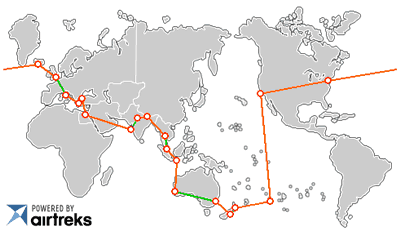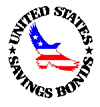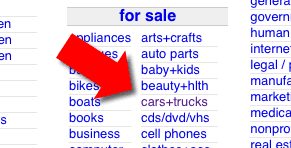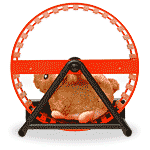Leonardo da Vinci isn’t usually quoted when it comes to personal finance; I don’t think he really cared for the topic very much. However, I’ve been doing some reading about him and I really enjoyed these quotes attributed to him and wanted to remember them:
- “Simplicity is the ultimate sophistication.”
- “I have been impressed with the urgency of doing. Knowing is not enough; we must apply. Being willing is not enough; we must do.”
- “It’s easier to resist at the beginning than at the end.”
- “He who wishes to be rich in a day will be hanged in a year.”


 Even though the
Even though the 
 In January of 2008 I closed shop on my first attempt at blogging. Six months earlier I thought that creating a blog about efforts to train for my first marathon would be extremely successful. It didn’t take me long to realize that the only thing more boring than writing about running is reading about someone Else’s runs. When I shut the doors on 26miles385yards.com I wasn’t giving up on blogging, I was giving up my blogging about topics that no one wanted to read.
In January of 2008 I closed shop on my first attempt at blogging. Six months earlier I thought that creating a blog about efforts to train for my first marathon would be extremely successful. It didn’t take me long to realize that the only thing more boring than writing about running is reading about someone Else’s runs. When I shut the doors on 26miles385yards.com I wasn’t giving up on blogging, I was giving up my blogging about topics that no one wanted to read. 
 I was reading my monthly
I was reading my monthly  With their new commision-free ETF list, there might be a renewed interest for a TD Ameritrade account (though not from me). Here are the current promotions available. They have different opening balance requirements, different expiration dates, and some are valid for IRAs and some are not, so I’ll leave it to you to see which one fits best.
With their new commision-free ETF list, there might be a renewed interest for a TD Ameritrade account (though not from me). Here are the current promotions available. They have different opening balance requirements, different expiration dates, and some are valid for IRAs and some are not, so I’ll leave it to you to see which one fits best. The Best Credit Card Bonus Offers – March 2024
The Best Credit Card Bonus Offers – March 2024 Big List of Free Stocks from Brokerage Apps
Big List of Free Stocks from Brokerage Apps Best Interest Rates on Cash - March 2024
Best Interest Rates on Cash - March 2024 Free Credit Scores x 3 + Free Credit Monitoring
Free Credit Scores x 3 + Free Credit Monitoring Best No Fee 0% APR Balance Transfer Offers
Best No Fee 0% APR Balance Transfer Offers Little-Known Cellular Data Plans That Can Save Big Money
Little-Known Cellular Data Plans That Can Save Big Money How To Haggle Your Cable or Direct TV Bill
How To Haggle Your Cable or Direct TV Bill Big List of Free Consumer Data Reports (Credit, Rent, Work)
Big List of Free Consumer Data Reports (Credit, Rent, Work)